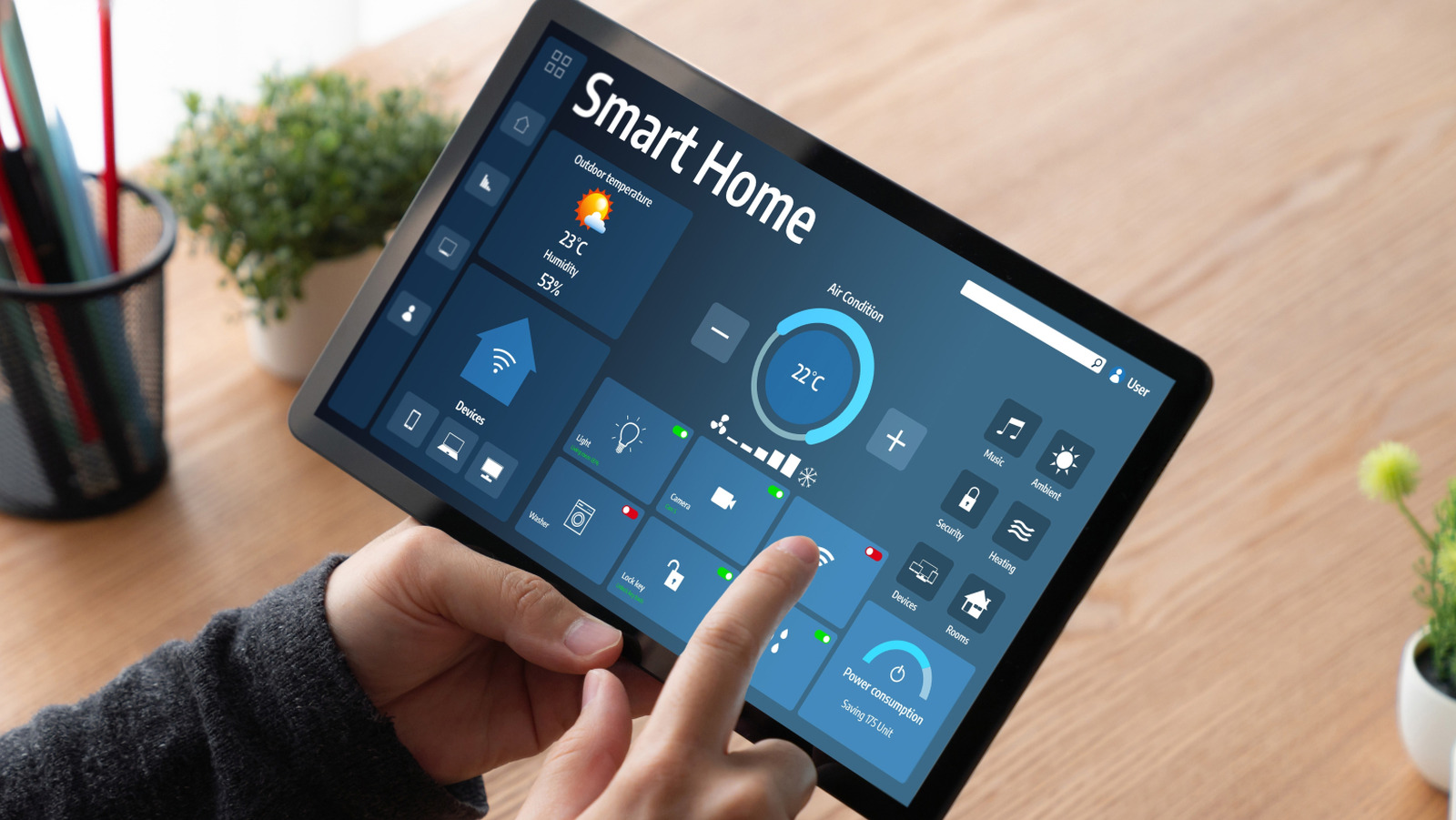The Raspberry Pi, a compact computer introduced by the Raspberry Pi Foundation in 2012, has transformed the landscape of do-it-yourself technology, particularly in smart home automation. With prices starting around $50, this credit card-sized device offers remarkable versatility and efficiency, consuming less than 27 watts of power. The latest iteration, the Raspberry Pi 5, enhances performance and graphics capabilities, making it an ideal choice for tech enthusiasts looking to innovate.
Homeowners across the globe are using the Raspberry Pi to create advanced smart home setups. From automated blinds to smart mirrors, these projects highlight how affordable technology can enhance daily living without the high costs associated with commercial alternatives. Here are ten engaging projects that can help users unlock the full potential of their smart homes.
Centralize Your Smart Home with Home Assistant
To create a hub for all your smart devices, consider using Home Assistant, an open-source platform that allows for centralized control of lights, thermostats, and cameras. Running locally on the Raspberry Pi ensures that automations function without an internet connection, enhancing privacy. With a simple setup, users can create sophisticated routines tailored to their lifestyles, such as dimming lights at sunset or adjusting temperatures when leaving home.
Getting started requires a Raspberry Pi 4 or Raspberry Pi 5 with a minimum of 2GB RAM and a 32 GB micro-SD card. The platform’s extensive community support provides detailed guides, making it accessible for both beginners and experts.
Automate Your Environment with Smart Projects
**Automated Blinds Controller**: Automating window blinds can significantly improve energy efficiency. By integrating a servo motor with temperature and sunlight sensors, users can adjust blinds based on environmental factors. Utilizing the gpiozero library allows for straightforward control of hardware through Python scripts, making this project both practical and innovative.
**Smart Mirror**: The MagicMirror2 project turns a standard mirror into an interactive display showing weather forecasts, news, and calendar reminders. By following official tutorials, users can set up a mirror that not only serves as a reflective surface but also as a functional home control hub.
**Personal Cloud Server**: For individuals concerned about data privacy, installing Nextcloud on a Raspberry Pi creates a secure personal cloud for storing documents and photos. This solution offers many features of commercial cloud services but allows users complete control over their data.
**Smart Garage Door Opener**: With a relay module and a web app, users can control their garage doors remotely. This project enhances convenience and security, providing peace of mind for those who often forget to close their garage doors.
**DIY Smart Thermostat**: Building a smart thermostat with temperature and humidity sensors can help manage energy costs effectively. By integrating with existing heating or cooling systems, users can automate adjustments based on personal preferences and external weather conditions, potentially saving up to 10% on annual energy costs, according to the U.S. Department of Energy.
**Indoor Air Quality Monitor**: A smart air-quality monitor can track pollutants and humidity levels, automatically activating air purifiers or dehumidifiers when necessary. This project highlights the importance of maintaining clean air indoors, offering real-time data on environmental conditions.
**Garden Watering Automation**: Using soil moisture sensors, a Raspberry Pi can automate watering schedules for plants. This project not only conserves water but also ensures that plants receive the optimal amount of hydration.
**Whole-House Media Center**: Installing Kodi on a Raspberry Pi allows users to create a comprehensive entertainment system. This platform supports various media formats and can stream content seamlessly, making it a versatile addition to any smart home.
**Door and Window Sensors**: Simple magnetic reed switches can be used to build a security system that alerts users when doors or windows are opened. This project can easily integrate with Home Assistant for real-time notifications and monitoring.
Each of these projects showcases how the Raspberry Pi can serve as a foundation for a fully integrated smart home. With a single device capable of managing multiple functions, homeowners can create a network that adapts to their habits and preferences. The flexibility and affordability of these projects empower users to enhance their living spaces while enjoying the benefits of modern technology.
As interest in smart home automation continues to grow, the Raspberry Pi stands out as a cost-effective solution for individuals looking to innovate. By diving into these projects, users can create a home that not only meets their needs but also elevates their lifestyle through intelligent design and automation.
